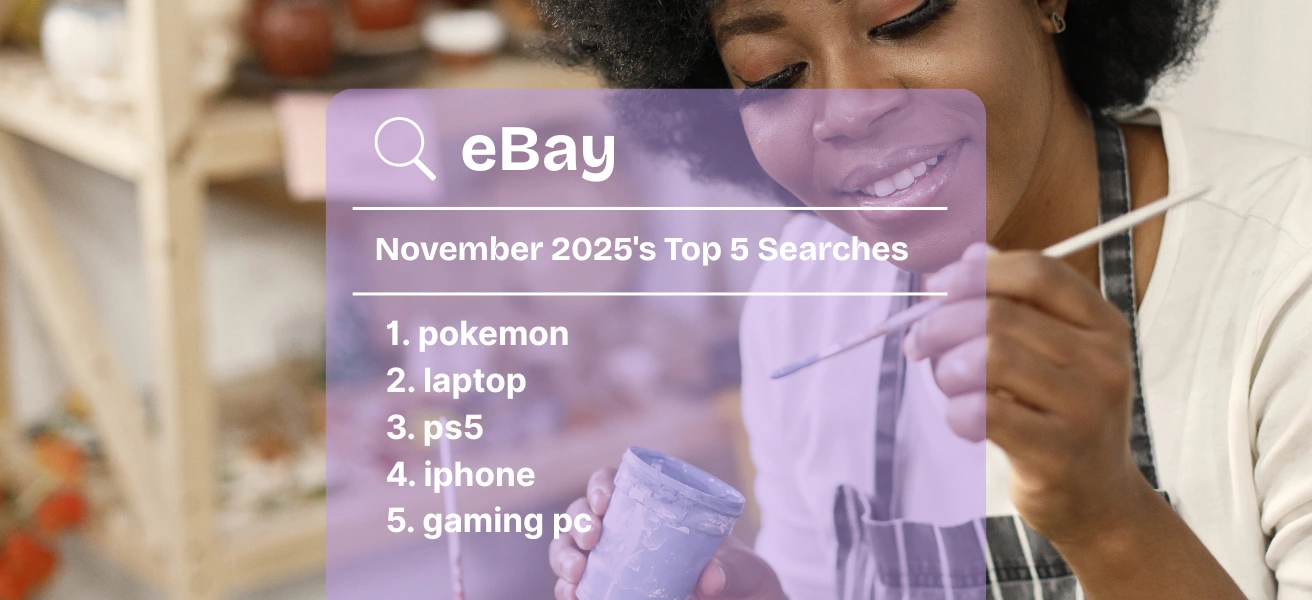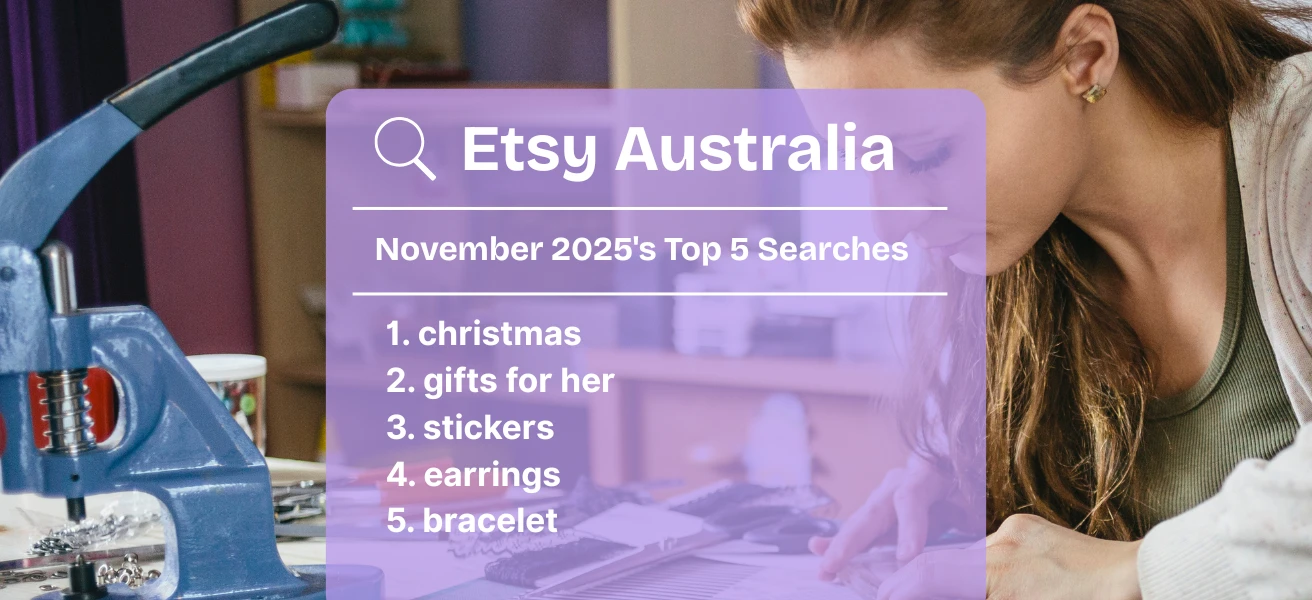eRank does not provide tax, legal or accounting advice. This material has been prepared for informational purposes only, and is not intended to provide, and should not be relied on for, tax, legal or accounting advice. You should consult your own tax, legal and accounting advisors.
This information applies to crafters in the United States of America (USA). However, crafters in other countries might find this information useful.
Taxes are one of the often dreaded parts of running a handmade business. Is that purchase of supplies you just ordered an inventory or expense? Isn’t everything just an expense?
Unfortunately, it isn’t as simple as profits and expenses. Read on to help clarify what the difference is between coding a purchase as inventory vs. an expense.

Purchased Supplies – Inventory or Expense?
You find a bulk deal on some supplies that you use. Great! But now you have a decision. How do you record this purchase in your books? Are the purchased supplies an inventory asset or an expense? It all depends on the product’s role in your business, the quantity purchased, the price of each item, and total purchase price.
It may sound complicated but below are three questions that can help you decide and code the supplies correctly for your bookkeeping and yearly taxes.
Question 1: Purpose
Ask yourself what role this supply plays in your business. Is it used for daily operations such as printing out your orders, shipping your products, or cleaning your craft room? If the answer is yes, the supply is an expense.
If the answer is no, that means that the supply is used in the construction of the handmade products that you sell and further questions need to be answered.
Question 2: Quantity
Quantity purchases of supplies that are used in the normal creation of your handmade product should be coded as Inventory. As you use the item to make your finished product to sell, re-code the cost of the item from Inventory to Cost of Goods Sold, assuming the finished products are made to order.
However, the quantity question has an exception. You also need to consider what the purchase cost is both per item and as a total.
Question 3: Cost
Two different costs need to be considered: the cost of each item and the cost for the entire purchase. The cost of each item may tell you to code the purchase as an expense, but the overall purchase cost may change the answer.
Cost of each item
Calculate the cost of each item by dividing the total cost by the quantity ordered. Is this amount minimal?
- What is considered “minimal,” you may be asking. Unfortunately, no hard rule exists, and the answer to what is minimal can be subjective to your specific finished product.
- Does your finished product contain several of these items, and therefore, the item cost makes up a large portion of the total cost of the product? If yes, then the item should be coded as Inventory.
- If your finished product only contains one or two of the item and the amount is a small percentage of the overall cost, the item should be expensed when purchased as Cost of Goods Sold.
Cost of total purchase
Is the total purchase a large percentage of your expenses for the year? Will you use the majority of the total purchase within the remaining tax year?
- If you normally spend $1000 in total supplies during a tax year and this purchase is $900, the amount is considered material, meaning that it will change your overall profit or loss for the business and should be coded as Inventory, even if the price each is low.
- If you get a great bargain and purchase a quantity that will last you for two or more years, it should be coded as Inventory. The exception to this is if the item is a small percentage of your overall finished product cost.
- In both instances above where the purchase is coded as Inventory, you will re-code the item’s cost to Cost of Goods Sold (assuming made to order) when the item is used to make your final product.
Examples
Below are three specific examples of supply purchases for different handmade businesses. Each example assumes that the products are made to order. Think about each example before looking at the answers section that follows.
- Handmade jewelry business: You purchase 1000 O-rings to add to your charms on a necklace that you sell. You use two O-rings on each necklace. The cost for the 1000 O-rings is $20.00, making the cost each two cents. You sell about 400 necklaces a year.
- Handmade sign business: You purchase a bundle of 100 feet of wood, consisting of 50 two-foot pieces. You use one two-foot piece for each sign that you make. The cost for the bundle of wood is $300, making the cost each $6.00. A sign costs about $8 in materials to make. You sell about 45 signs per year.
- Handmade apron business: You purchase 50 yards of Christmas fabric because it is on clearance. You use a yard of fabric for each apron that you make. The cost of the 50 yards is $15 dollars, making the cost each $0.30. The apron consists of two materials: fabric and thread. You only offer Christmas aprons for three months during the holiday season each year, and your sales vary among different fabric designs.
Answers
- Handmade jewelry business O-ring purchase: The cost is minimal, and you will use the majority of O-rings within a year. Expense the purchase as Cost of Goods Sold. Because the overall cost and cost per each are both minimal as well as the item being a small percentage of your finished product cost, you would expense the purchase even if you did not use the majority within a year.
- Handmade sign business wood purchase: You will use the wood within a year, but the overall cost is the majority of the finished product. Code the purchase as Inventory and re-code as Cost of Goods Sold once the wood is used in a finished product.
- Handmade apron business fabric purchase: The cost is minimal, but the fabric is a major component in the finished product. Also, the fabric may or may not be used within a year as you never know which fabric designs will sell. Code the purchase as Inventory and re-code as Cost of Goods Sold once used in a finished product.
Time To Hit The Books
Hopefully, now you see how the difference between coding a supply purchase as an inventory asset or an expense can be subjective depending upon the finished product that you make. There is no black and white answer. However, using the three questions about purpose, quantity, and cost can help you to decide.
Ask yourself the three questions about each of your purchases. What is the item’s purpose? How much did you buy, and how much did it cost? This will give you a great starting point to code each of your purchases as an expense, or as inventory.
While all the points mentioned provide a great foundation, it is always best to speak with your personal tax accountant about your specific business situation to make sure nothing is overlooked. Good luck and happy bookkeeping!
“Making good judgments when one has complete data, facts, and knowledge is not leadership – it’s bookkeeping.” –Dee Hock

Michelle Badger, Accountant (25 + years) and Etsy seller








